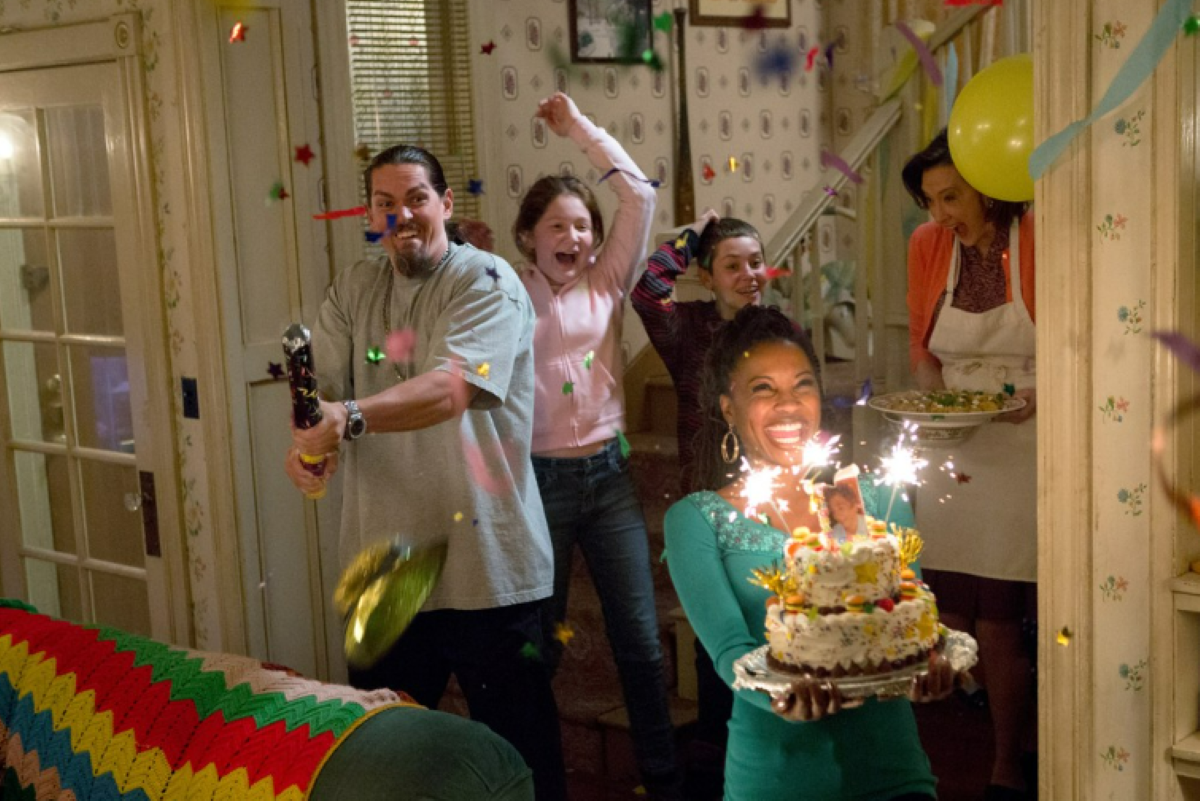 MCT
MCTIn a society wrapped up in appearances, a gleaming set of pearly whites can be a valuable thing. For many college students, the prospect of whiter teeth bears the promise of a more attractive smile–and perhaps a few more date offers.
There are a couple ways to go about tooth whitening. Some rely on their toothpaste or whitening strips. Others go to the dentist for professional whitening. But which is the best choice?
According to Dr. Tom Breneman of Hillside Dental, 507 Main St., whitening toothpastes are typically more abrasive than dentists would prefer as they scour teeth to remove surface stains. He added that they’re bleaching products, and don’t come into contact with teeth long enough to do any good.
“It’s a lot of marketing hype to a big degree,” Breneman said. “You’re better off using normal toothpaste.”
Everyday eating will wear and tear on tooth enamel, thinning it microscopically; adding an abrasive toothpaste to that is like scrubbing your teeth with a piece of sandpaper, Breneman said.
“There’s plenty of wear and tear on your teeth in life, you don’t want to be adding to that two to three times a day when you brush your teeth.”
Dr. Nathan Fleming of Eau Claire Family Dental, 1018 Regis Ct., agreed that whitening toothpastes can damage teeth, adding that they aren’t very effective.
“The concentration of the bleach is so insignificant it doesn’t do much; it doesn’t give you the desired effect,” Fleming said.
Freshman Nicole Michaels said she’s been using whitening toothpaste for almost two years and hasn’t seen a difference.
Over-the-counter products, such as whitening strips, are basically the same products used in the dentist’s office, Breneman said. Both methods use a bleaching material, usually hydrogen peroxide. Oxygen in the bleaching material chemically penetrates tooth enamel and goes into the dentin, the inner tissue of the tooth, to remove the color pigment, Breneman said.
“Over-the-counter products aren’t as strong as in-office materials,” Breneman said. “It takes longer to get the same result.”
Breneman warned that the strips won’t lay flat on crooked teeth and won’t work on dental treatments or fillings.
At Hillside Dental, tooth whitening is offered in the form of custom trays made from molds of the patient’s mouth, Breneman said, adding that the patient then takes the trays and bleaching gel home, using them for 15 minutes a day for seven days. The cost of this procedure ranges from $250 to $270.
One negative side effect of using the trays, Breneman said, is the risk of burning gum tissue with the bleaching material.
“It feels like pizza burn for a couple days,” he said, adding tooth sensitivity as another side effect.
In the past, Hillside Dental had used a light activated bleaching system to whiten teeth, a procedure that took an hour or two, Breneman said.
“Studies have shown it’s dehydration more than anything,” he said. “The light doesn’t really contribute. It’s unfortunately more of a marketing situation where people think they’re getting bleaching.”
Breneman said he got rid of the light activation procedure after continuously having to make trays for patients who had already paid two to three times more for the light method.
“It didn’t make sense,” he said.
Fleming said although he generally steers his patients toward custom-fit trays, he also uses an ultraviolet light to activate bleach on teeth. He said in extreme cases, it takes two light procedures to achieve the desired results. Both procedures cost $350.
Dental assistant Amy LaVelle of Machgan Family Dental, 3522 Oakwood Hills Parkway, said although her clinic offers both custom trays and light activated whitening, she believes the light procedure, requiring three 15-minute segments, is the most effective.
“They have come up with a new study that (the light procedure) dehydrates your teeth,” LaVelle said, “Honestly, any whitening gel is going to dehydrate your teeth. Light intensifies that effect. They ultimately re-hydrate.”
LaVelle, who has undergone both procedures to whiten her own teeth, said that when it comes down to it, the choice really depends on how much time the patient wants to spend whitening their teeth. Machgan Family Dental’s light activated procedure costs $295 and their tray whitening method costs $125.
Breneman said he believes the best choice for college students would be over-the-counter tooth whitening strips, such as Crest Whitestrips, $29.32 for 28 pairs at Wal-Mart Supercenter, 3915 Gateway Drive.
“Most college students nowadays have been the benefactors of orthodontics,” he said. “If they’re straight and smooth, go for the whitening strips.”
Fleming agreed.
“I would recommend the Crest Whitestrips you can buy in the store,” he said. “It’s a good way to get some whitening, just not as good as you’d get in the office.”
Michaels said she’s been using Crest Whitestips for two months and noticed a difference in the color of her teeth within a few days of using them.
Freshman Sarah Schroeder, who has been using whitening strips for about a year, said she noticed a difference within a week.
“They make me feel more confident, my teeth are kind of stained,” she said.
Breneman said tooth bleaching is good for dentistry because it makes people more aware of their teeth and makes hygiene important to them.
“We’re all in favor of brighter, whiter teeth.”





